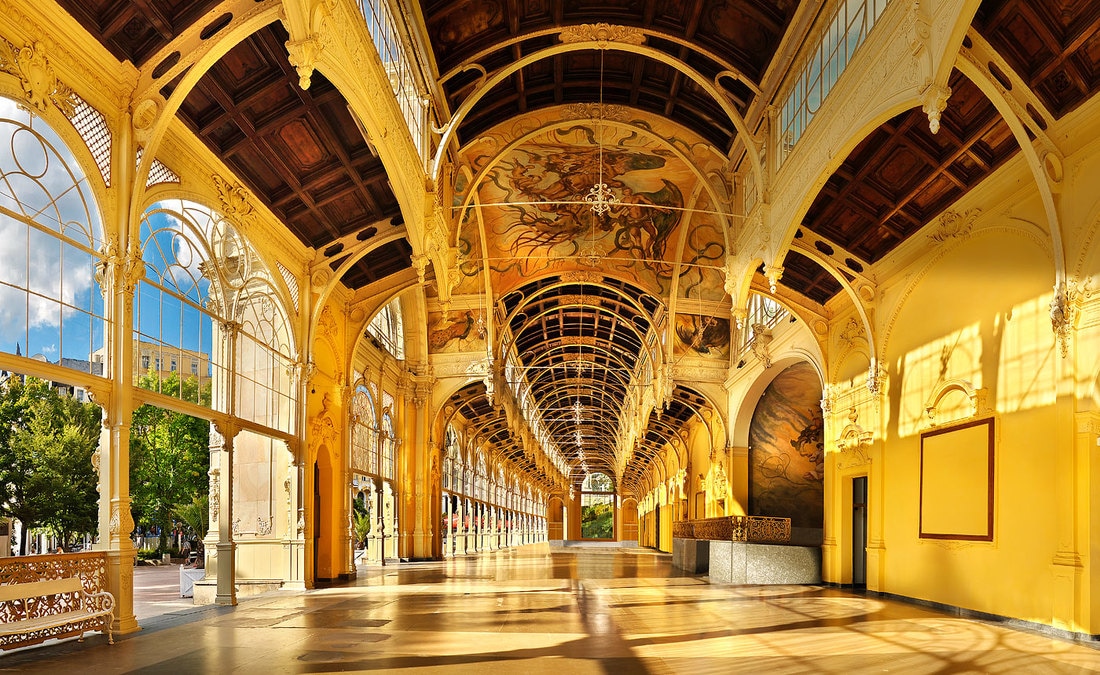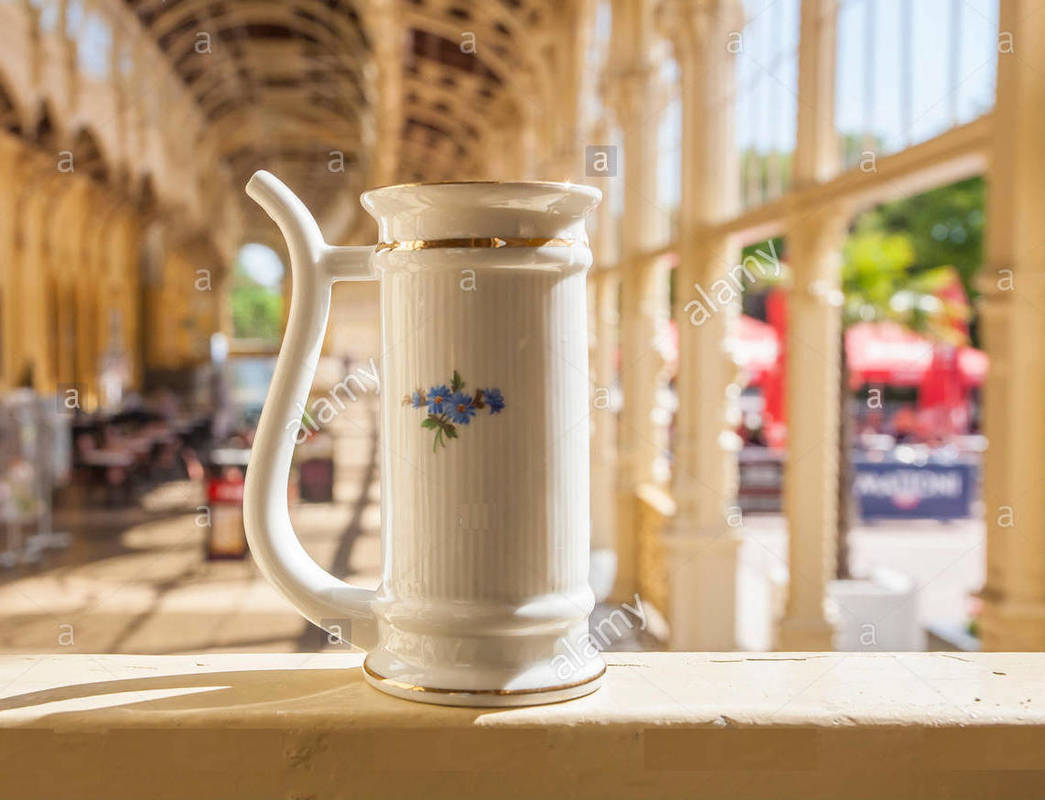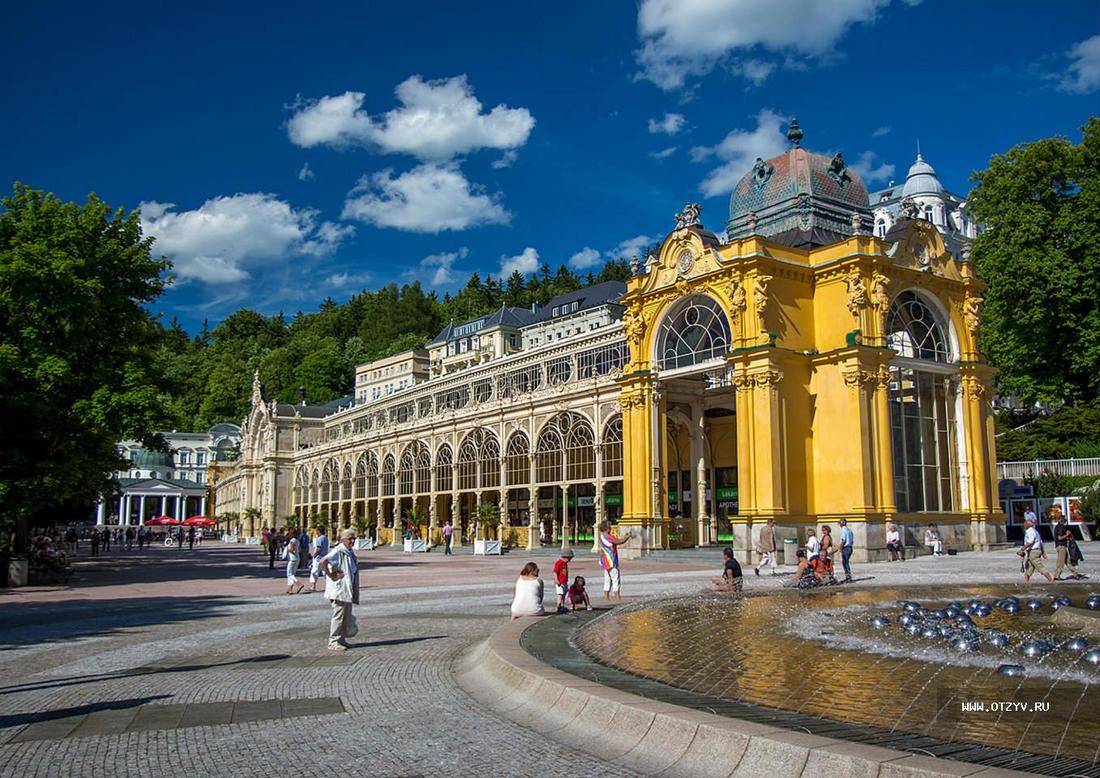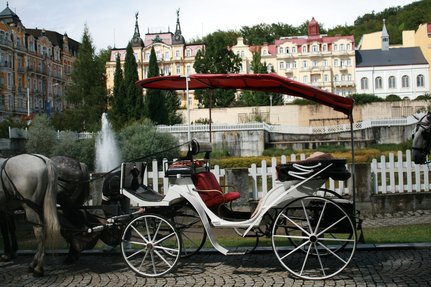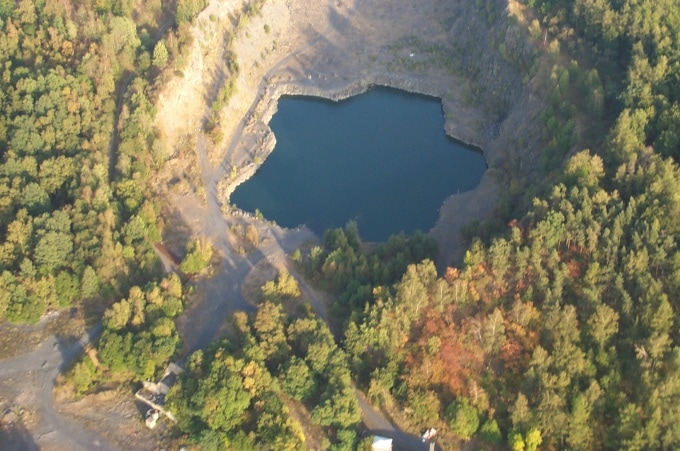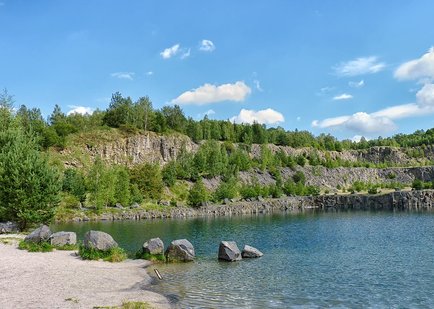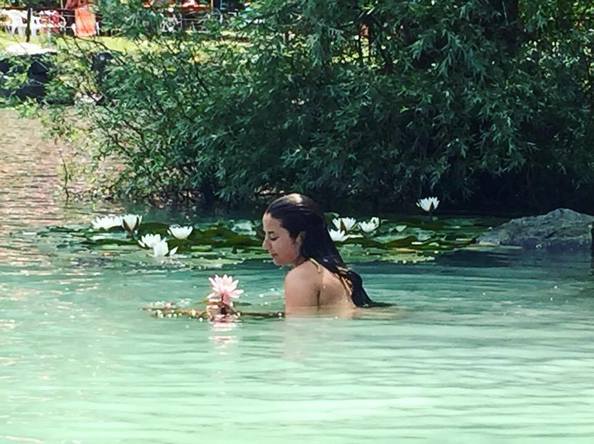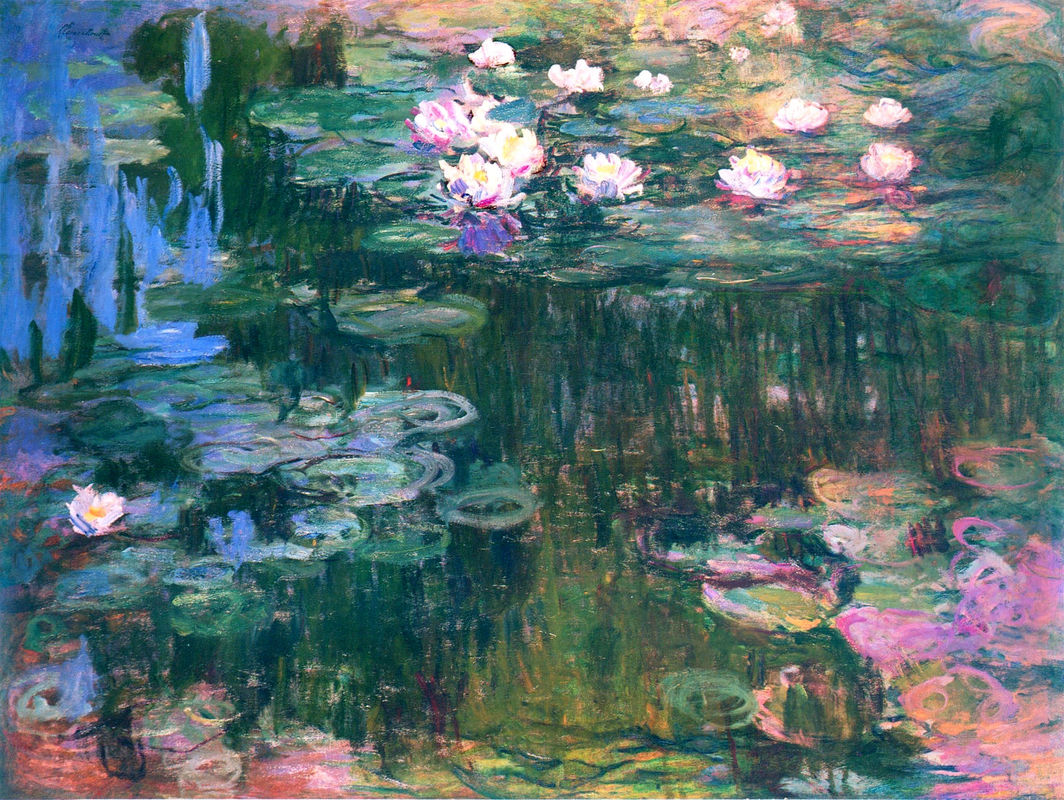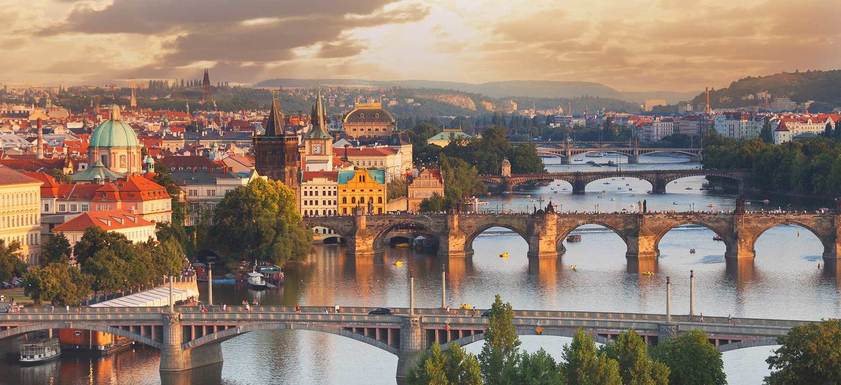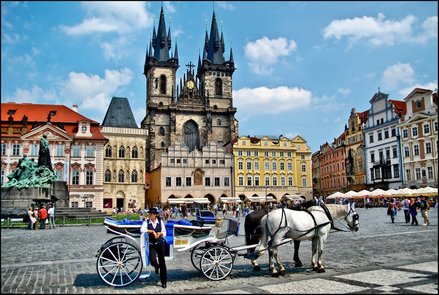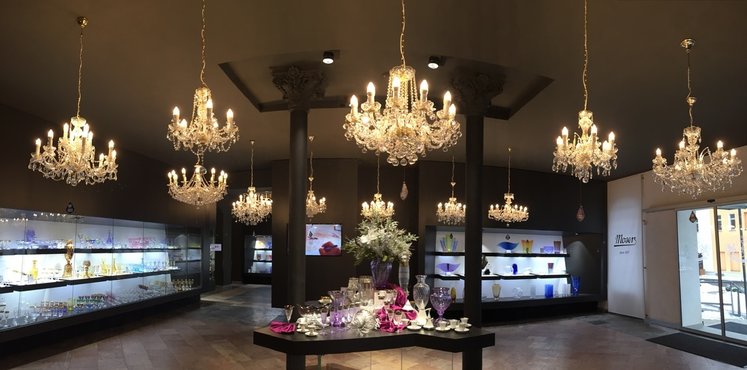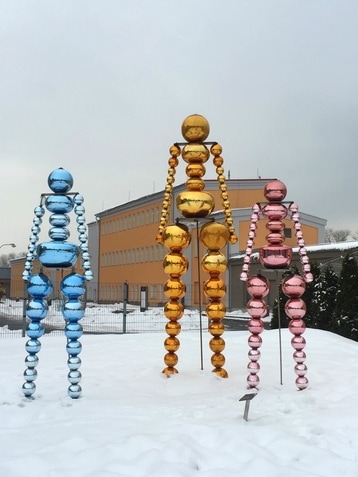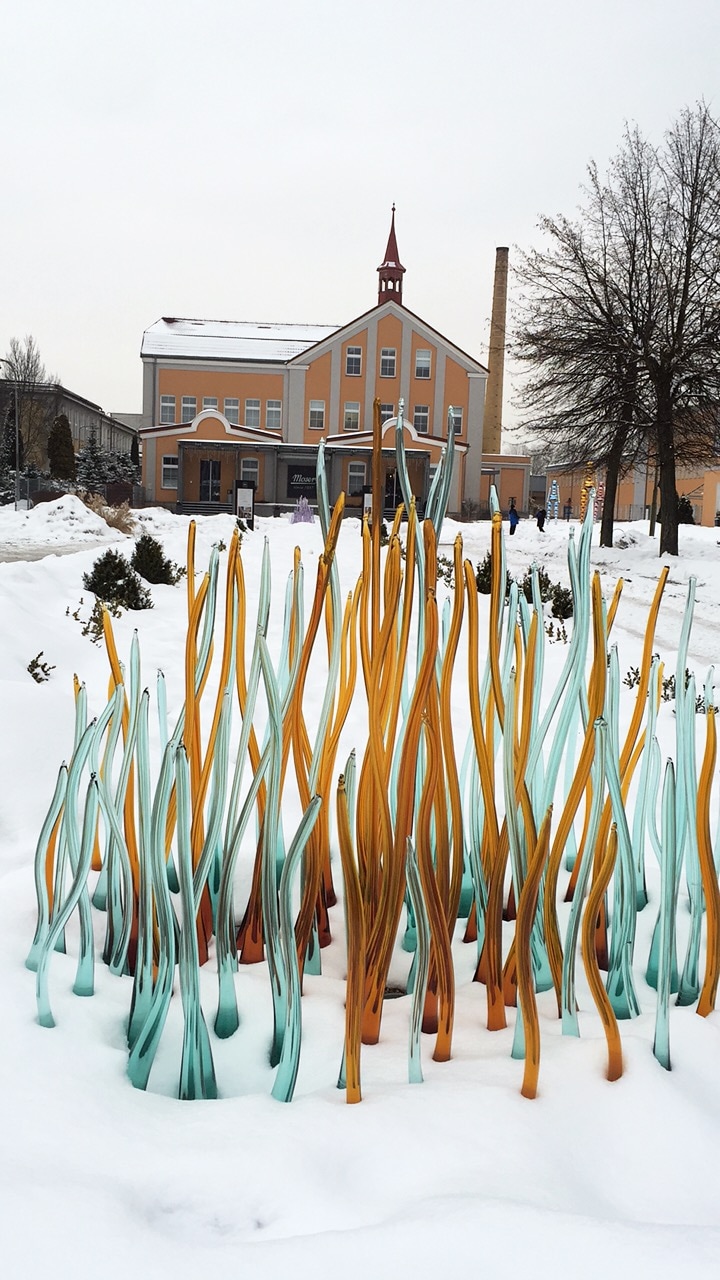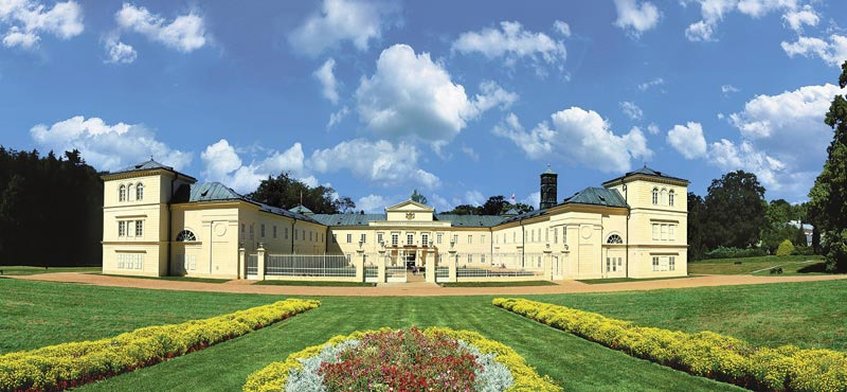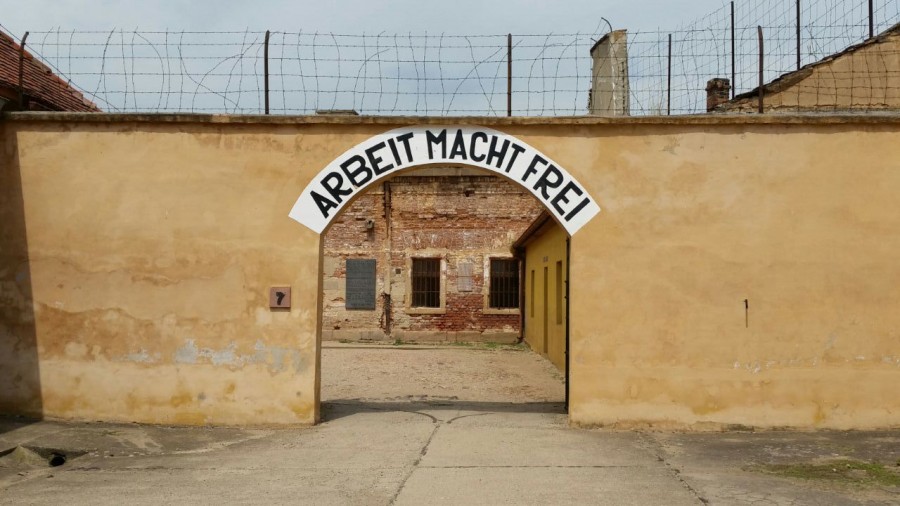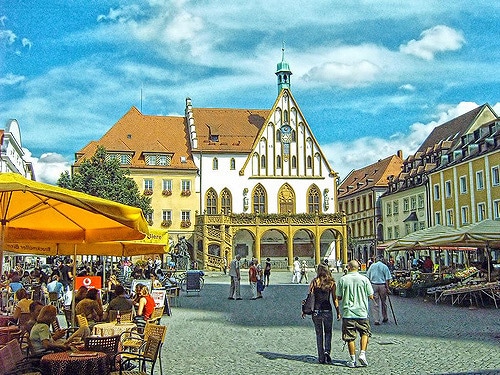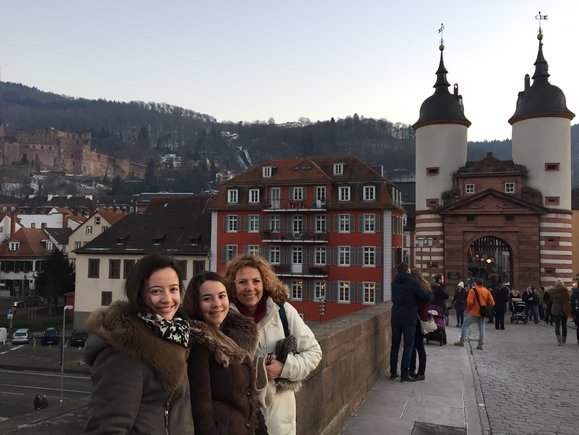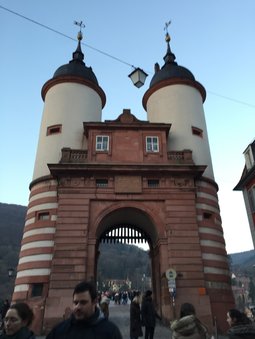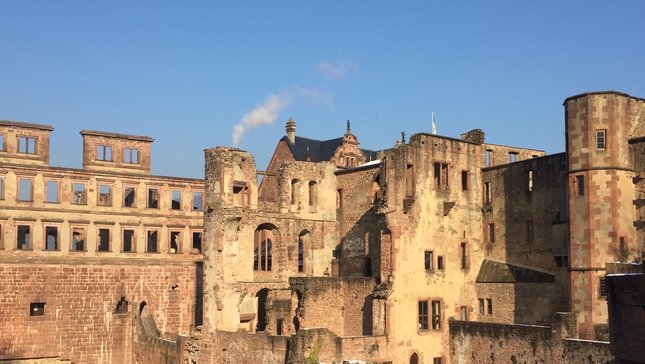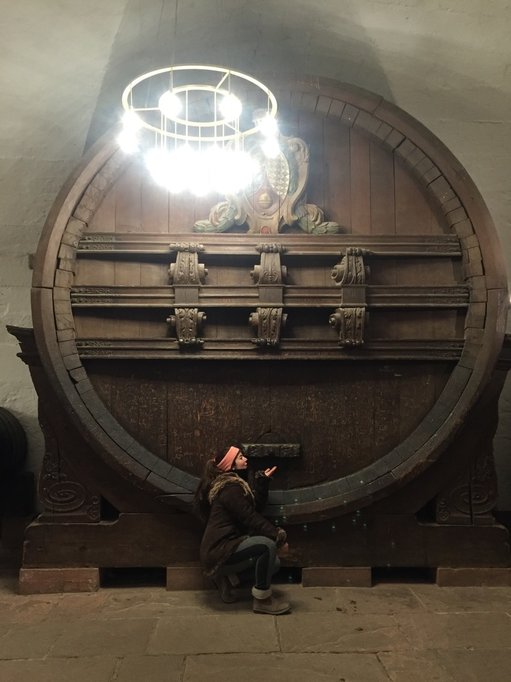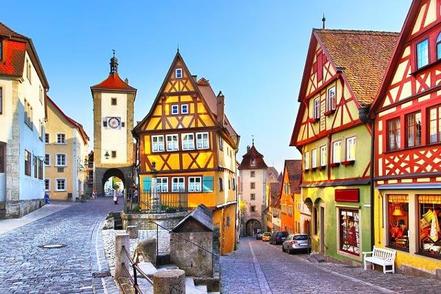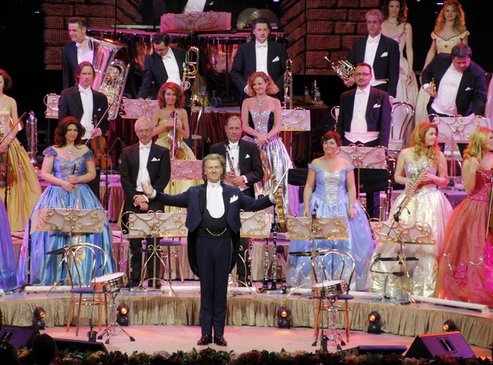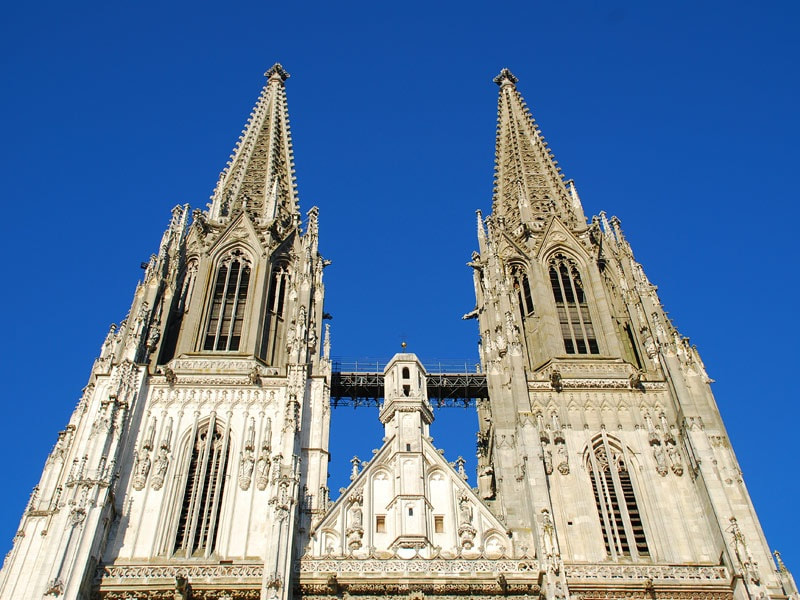WHEN YOU PASS THROUGH THE HEART OF MARIÁNSKÉ LÁZNĚ YOU HAVE THE SENSE THAT YOU HAVE BEEN TRANSPORTED BACK IN TIME TO A CENTURY AGO WITH THE WAVE OF A MAGIC WAND. SPLENDID SPA BUILDINGS ALTERNATE WITH BLOSSOMING PARKS IN WHICH SPA GUESTS SIT, SIPPING CONTENTEDLY ON JUGS FILLED FROM SOME OF THE TOWN’S FAMOUS SPRINGS.
10 Reasons to Go to Mariánské Lázně - Expats Article
The town, surrounded by green mountains, is a mosaic of parks and noble houses. Most of its buildings come from the town's Golden Era in the second half of the 19th century, when many celebrities and top European rulers came to enjoy the curative carbon dioxide springs.
|
Mariánské Lázně is a spa town founded by Dr.Josef Nehr, in 1779, who worked hard to demonstrate the curative properties of the springs which were known as "Auschowitzer springs" dating back to 1273. The waters began to be used for medicinal purposes, and obtained its current name of "Marienbad" in 1808.
|
Mariánské Lázně Snowhill- Skiareál Mariánky
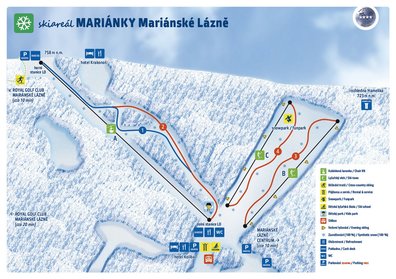
With its ski schools, ski and snowboard rental shops, children's ski zone, restaurants, and trails of various difficulty levels, and night skiing opportunities, Mariánské Snowhill will surprise you with its low prices compared to its up-to-date equipment and snow quality!
Skiing with deers, ending a sporty day with therapeutic mineral waters is a dream!
How about lakeside Beaches?
Discover Konstantinovy Lázně and branka
One of the most wonderful surprises of Czech was discovering these natural beauties, only 15 minutes to Méyana. Swimming in drinking water, surrounded by an extraordinary habitat is your next bucket list item!
Swimming here makes you feel like you are in the Monet painting, Water Lilies!
Prague
Nicknamed “the City of a Hundred Spires,” it's known for its Old Town Square, the heart of its historic core, with colorful baroque buildings, Gothic churches and the medieval Astronomical Clock, which gives an animated hourly show. Completed in 1402, pedestrian Charles Bridge is lined with statues of Catholic saints.
|
The bohemian allure and fairytale features of Prague make it a perfect destination for beach-weary vacationers who want to immerse themselves in culture. You could devote an entire day to exploring Prazsky hrad (Prague Castle), then refueling over a hearty dinner at a classic Czech tavern. Spend some time wandering the Old Town Square before heading over to gape at The Old Town Hall and Astronomical Clock. Prague’s best bars are found in cellars, where historic pubs set the scene for a night of traditional tippling.
|
Moser Museum, Karlovy Vary
|
THE ORIGINAL COMPANY OF LUDWIG MOSER & SÖHNE, FOUNDED IN 1857 BY LUDWIG MOSER IN KARLOVY VARY, WAS A GLASS WORKSHOP INITIALLY DEVOTED TO POLISHING AND ENGRAVING BLANK GLASS PIECES; ONLY LATER DID THE COMPANY BEGIN DESIGNING AND MAKING ITS OWN ART GLASS PRODUCTS.
|
Visit the new Moser Museum in Karlovy Vary, a nearby town, offering a unique look at the history of the glassworks. The modern exposition offers an absorbing tour, which maps over 150 years of the glassworks’ history. The tour presents famous owners of luxury Moser crystal products, together with pieces ranging from the oldest examples of glass work to contemporary collections.
|
Kynžvart Castle
Kynžvart Castle is a historic château located near Lázně Kynžvart in the Cheb District. It is a jewel among the spas in the western region, with an architecture in the neoclassical style. After extensive renovations, the castle was reopened to the public in 2000. A guided tour takes visitors through 25 rooms of the castle. The library has original prints from 8th-16th centuries, about 1100 old coins, classic weapons, personal items from Napoleon I, Meissener Porcelain, and many more. This visit could be combined by visit of city of Plzen - the origin of Pilzner Beer .
Theresienstadt Concentration Camp
|
Terezin was a concentration camp 30 miles south of Prague during the World War II. It was originally a holiday resort reserved for Czech nobility. Terezín is contained within the walls of the famed fortress Theresienstadt, which was created by Emperor Joseph II of Austria in the late 18th century and named in honor of his mother, Empress Maria Theresa.
|
By 1940 Nazi Germany had assigned the Gestapo to turn Terezín into a Jewish ghetto and concentration camp. It held primarily Jews from Czechoslovakia, as well as tens of thousands of Jews deported chiefly from Germany and Austria, as well as hundreds from the Netherlands and Denmark. More than 150,000 Jews were sent there, including 15,000 children, and held there for months or years, before being sent by rail transports to their deaths at Treblinka and Auschwitz extermination camps in occupied Poland, as well as to smaller camps elsewhere.
Amberg
|
Amberg is an ancient, beautiful Bavarian town and there’s no way you’ve ever heard of it! This town is buried away among Bavaria’s hidden gems, and only an hour away from Meyana. On your day-trip to Amberg you will feel like the only tourist in the place and you will love it! The city's medieval Old Town is nicknamed the Ei (Egg) after the shape of its intact city wall.
Doable as a day trip from Meyana, Nuremberg or Regensberg, this is a place that will truly enchant you. |
Heidelberg
Heidelberg is a city that will capture your heart, it is Germany at its most romantic. Famous around the world, it is a perennial favourite among international tourists. The city has so much to offer: charm and character in abundance between the Old Bridge and the mighty castle, an unparalleled choice of culture and entertainment, hearty yet heavenly cuisine and a picturesque setting nestled between the Neckar river and the foothills of the Odenwald forest.
The main attraction for all visitors is, of course, Heidelberg Castle, perched on the slopes of Mount Königstuhl some 70 metres above the Neckar. It's easy to see why, too. Together with the Old Bridge across the river, the castle and its neighbouring buildings are among the most impressive sights anywhere in Germany.
|
World’s Largest Wine Barrel
We were really excited to visit the Heidelberg Tun, the world’s largest wine barrel inside the Heidelberg Castle. It was built in 1751 and stands seven meters high, is eight and a half meters wide, holds 220,000 liters (58,124 gallons) of wine, and has a dance floor built on top of it. A staircase allows visitors to climb atop the barrel for a quick dance! |
Nuremberg
|
The ancient city of Nuremberg (Nürnberg) is an important center for arts and culture, as evidenced by the popular National Germanic Museum with its impressive collections of coins, paintings, archives, and decorative arts. The city has also long been associated with advances in science and technology, particularly in printing - it was home to Europe's first printing press - and astronomy (Nicolaus Copernicus's most famous work was published here in 1543). Despite having been severely damaged in WW2, many of the city's old medieval buildings have been painstakingly restored to their former glory.
|
Regensburg
|
Some people call it “Italy’s northernmost city”, others prefer to describe Regensburg as “Germany’s medieval miracle”. It’s quite simply a city to love and love to be in.
The best preserved medieval city in Germany, situated at the northernmost point of the Danube River has a special charm. Two millennia of history have remained alive here. The most Italian city north of the alps also offers world renown sights such as Porta Praetoria, the gate to the Roman Castra Regina, the Old Stone Bridge and St. Peters Cathedral. |
